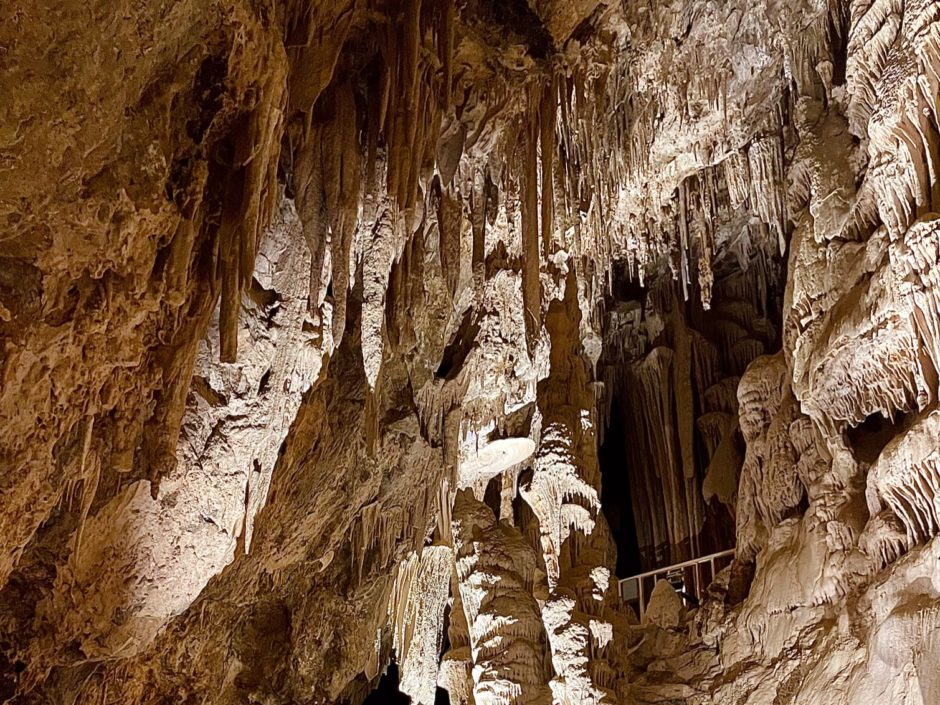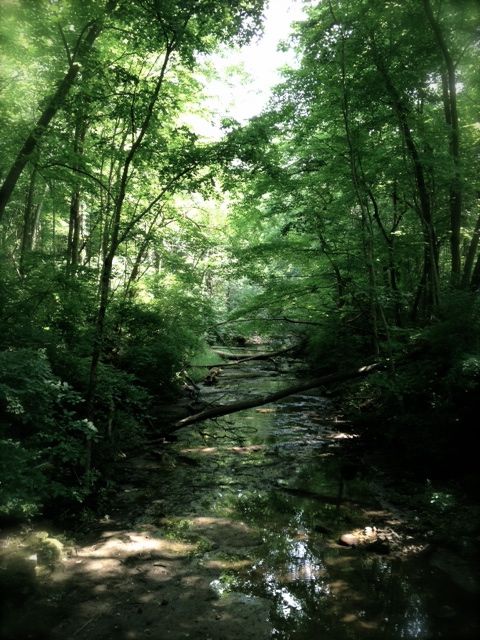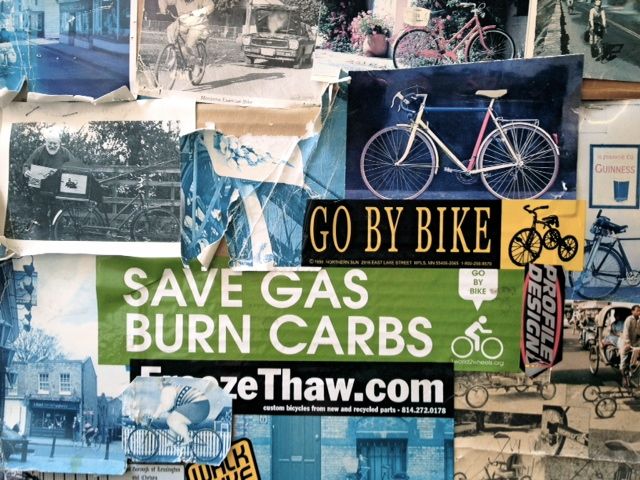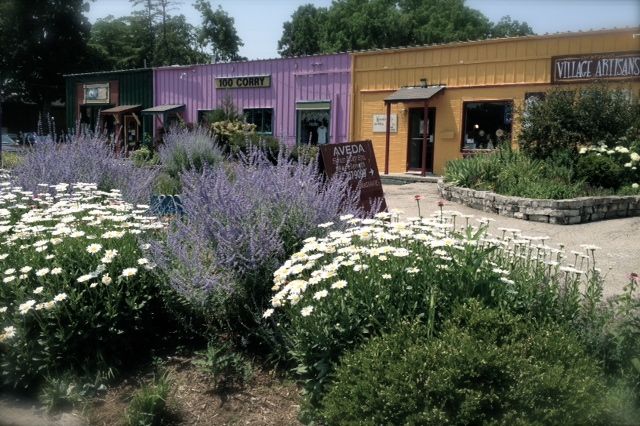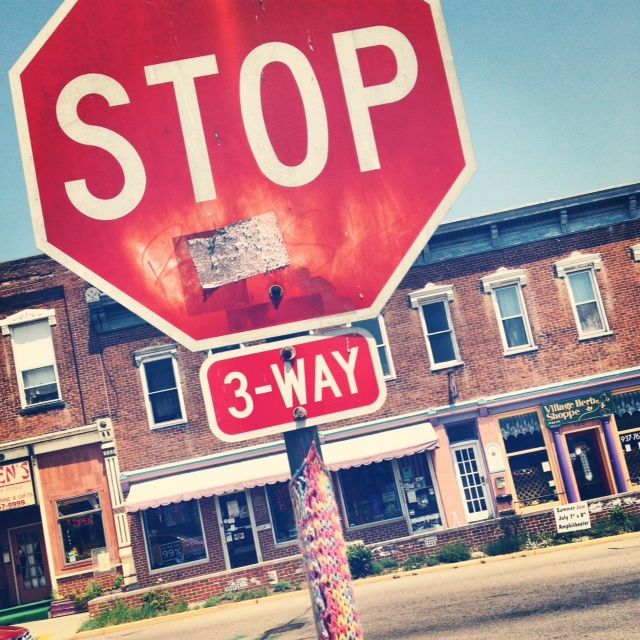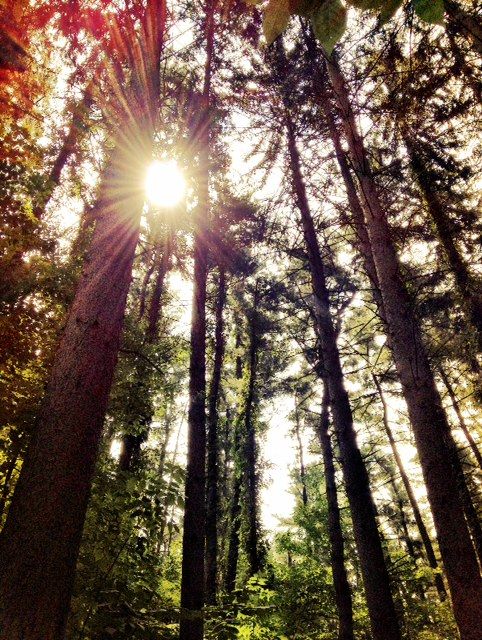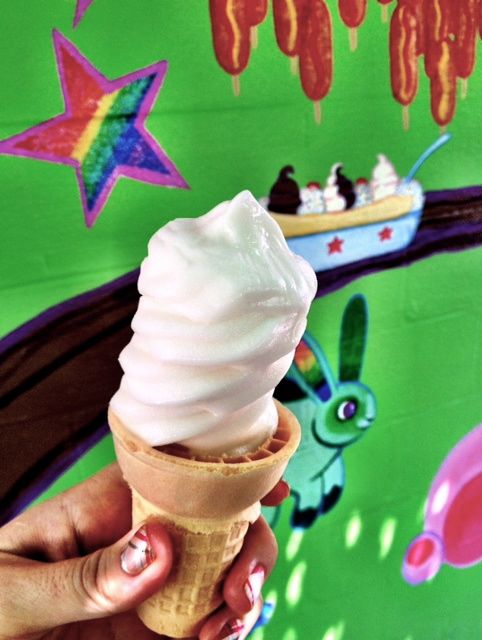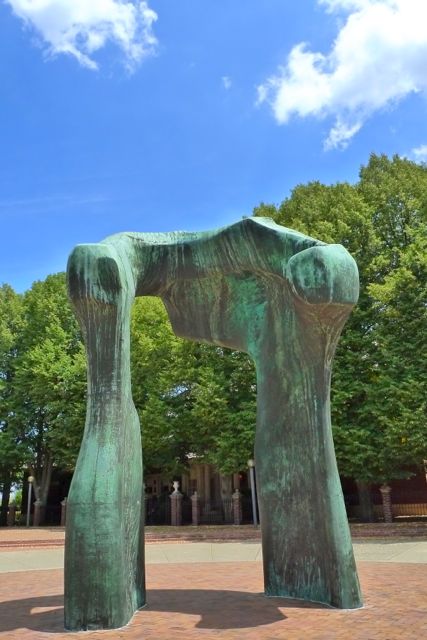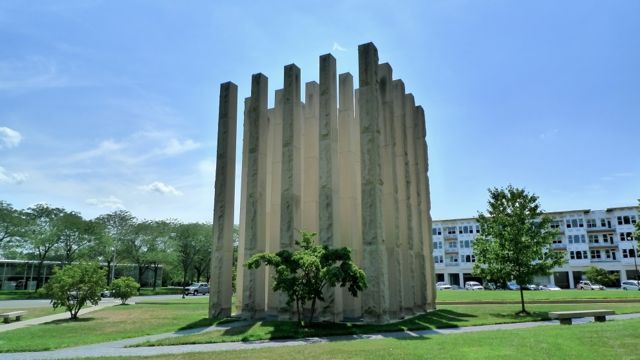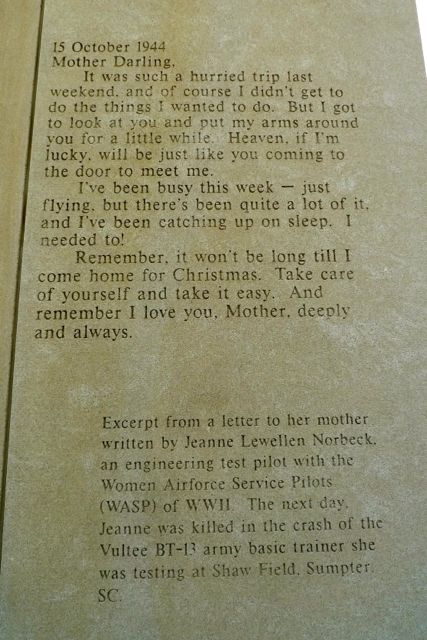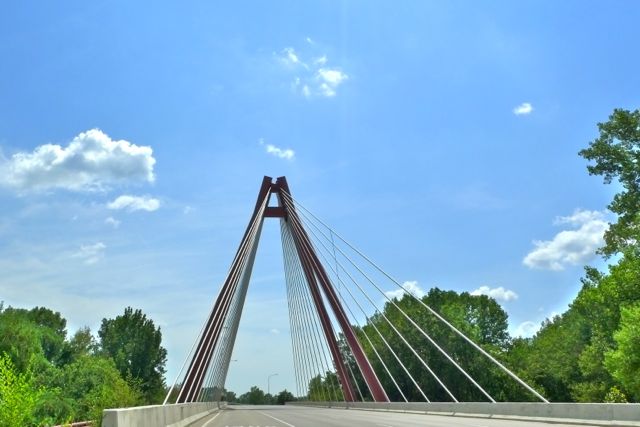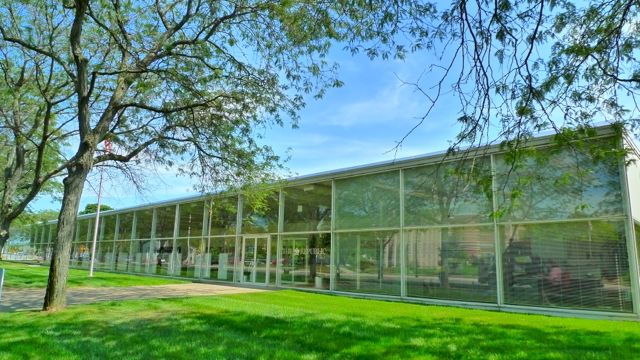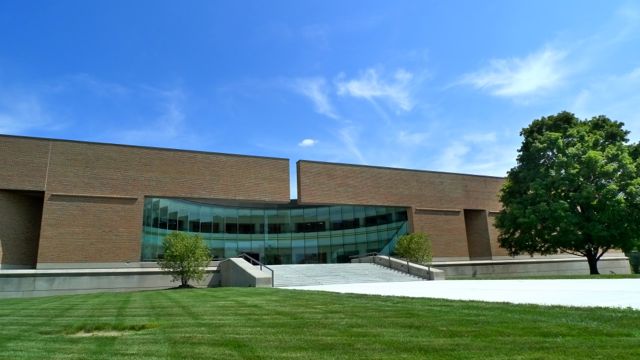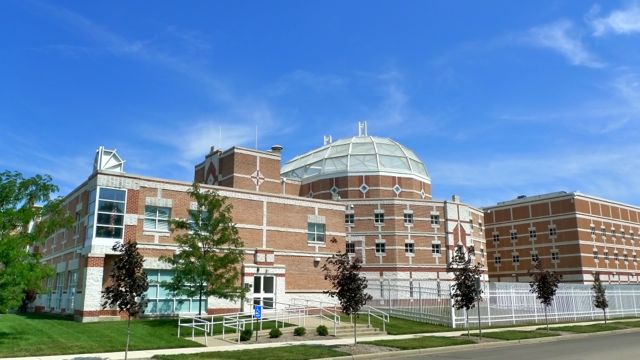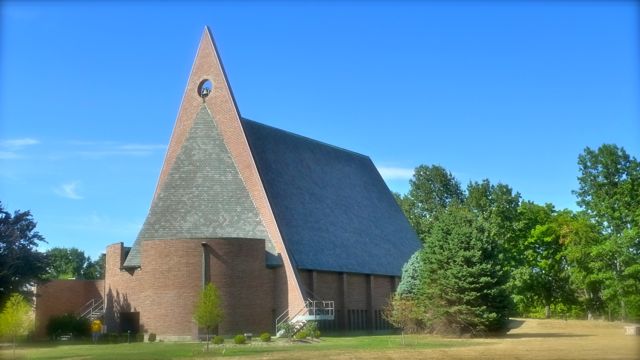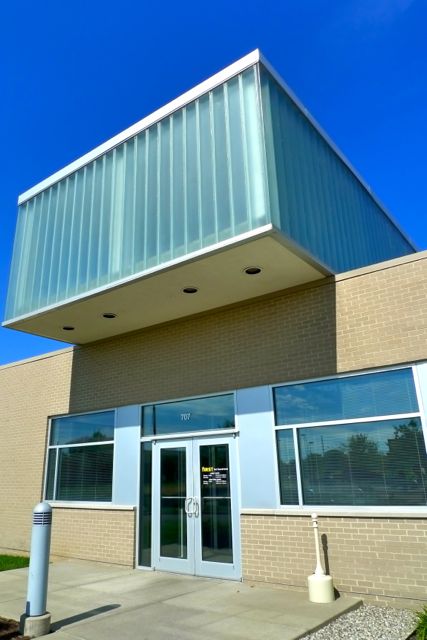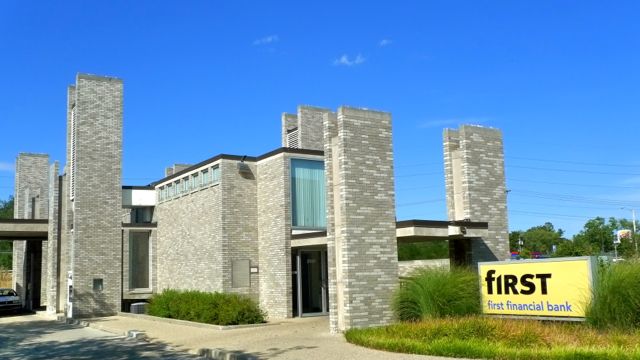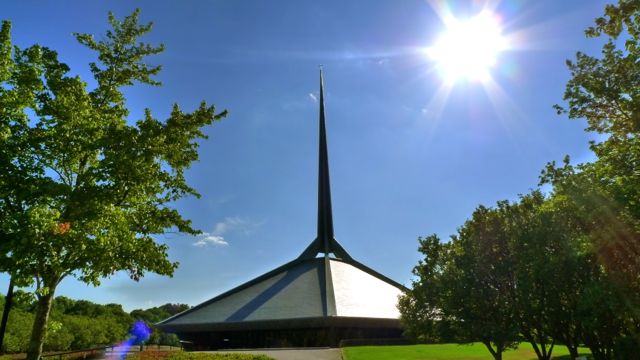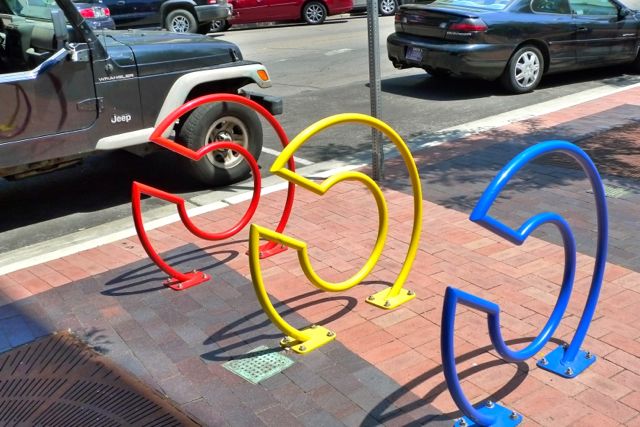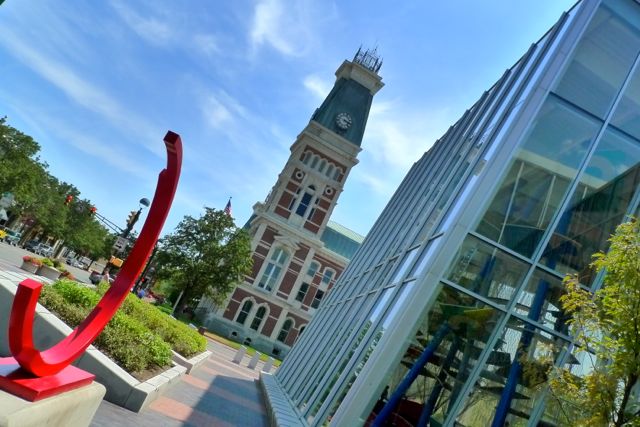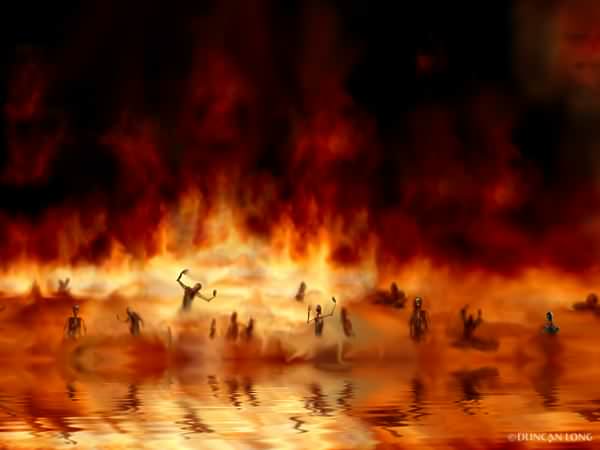The guide prepped us with a countdown of “Three, two, one …”
Instantly, we were plunged into the blackest darkness I’ve ever experienced. A darkness so complete, it felt thick. I put my hand in front of my face, and not only was I unable to see it, I wondered if my hand still existed.
Just when I felt like I might be falling through space, my son wrapped his arms around my legs. A moment later, the guide turned on the small lights that illuminated the path.
I quickly reoriented myself. Ahead of me, cave. Behind me, cave. Above me, you guessed it. Cave.
It’s a good thing I’m not the kind of person who gets claustrophobic in confined spaces. Rather, I’m the kind of person who, when faced with darkness, potentially loses their own body.
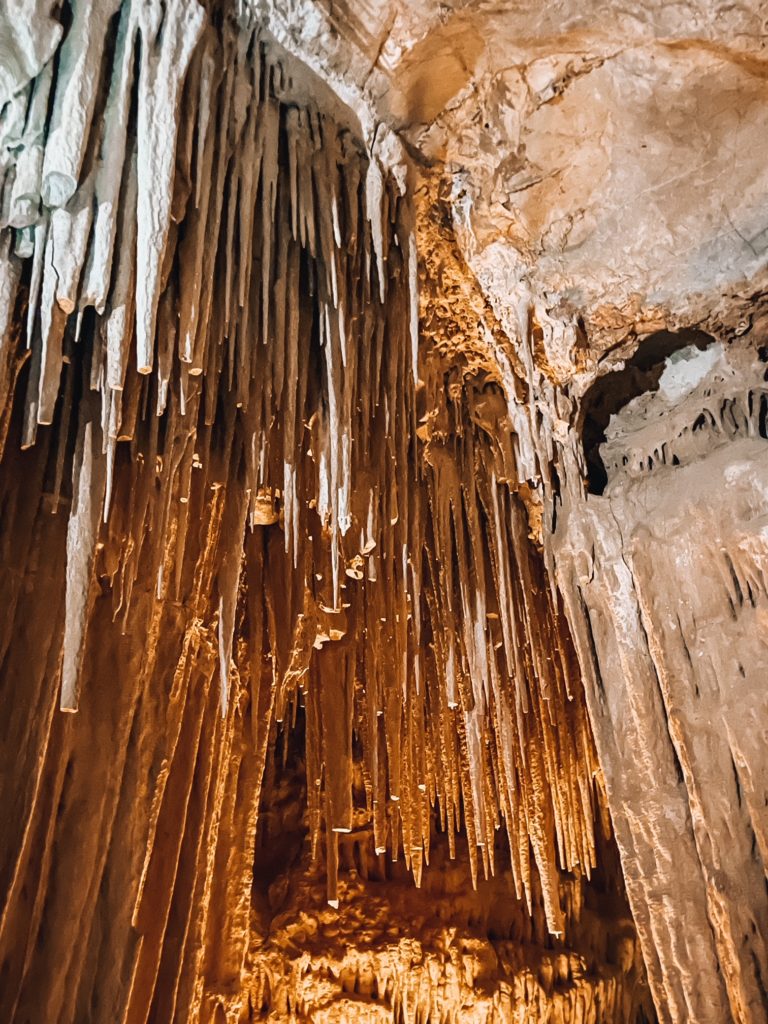
I was standing in the deepest point of Mitchell Caverns, an adventurous Southern California road trip destination within two hours’ drive from Barstow and a fun add-on for camping trips in the surrounding area.
The caverns are named for Jack Mitchell, who bought claims to the land and sounds a bit like a sunbaked, desert version of P.T. Barnum. Back in 1934, he and his wife, Ida, built stone structures by hand on the property and ran a small resort that included tours of the caves. They also developed the road that led from Route 66 to the caverns, approximately 22 miles, and turned it into a popular attraction.
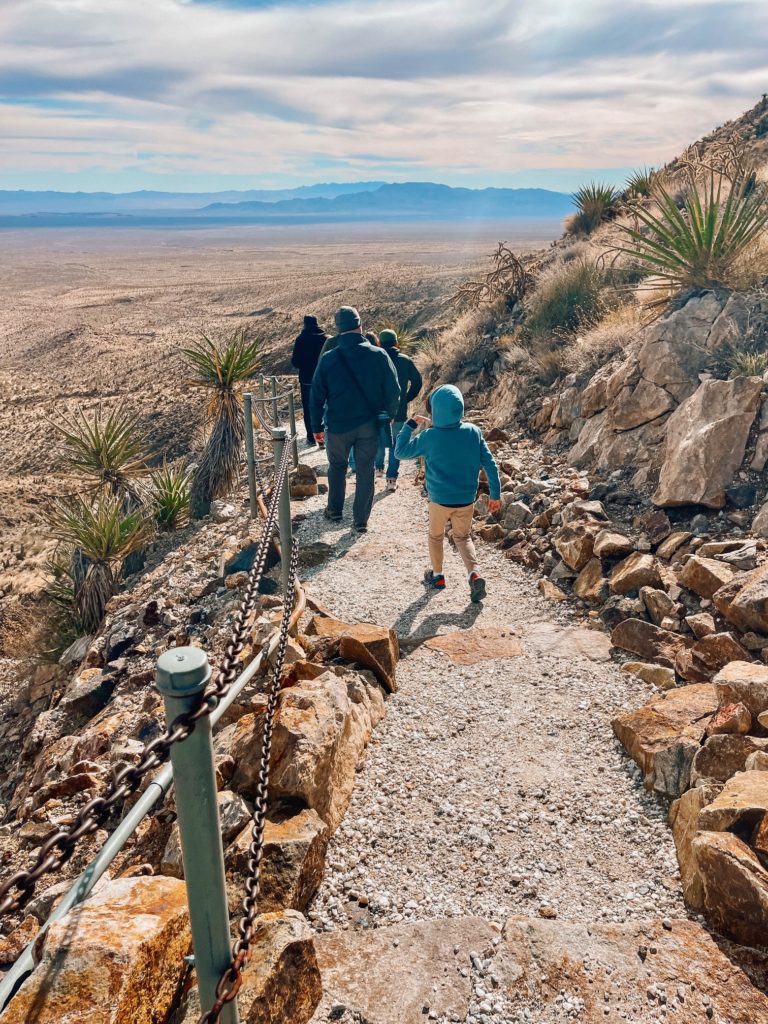
On view are two main caves: “El Pakiva,” the Devil’s House, and “Tecopa,” named for a Shoshone chief. There’s a third cave, but it’s deep and dangerous, and at this point it’s off limits to the public.
The tour enters through the “eyes of the mountain” and only becomes more spectacular from there.
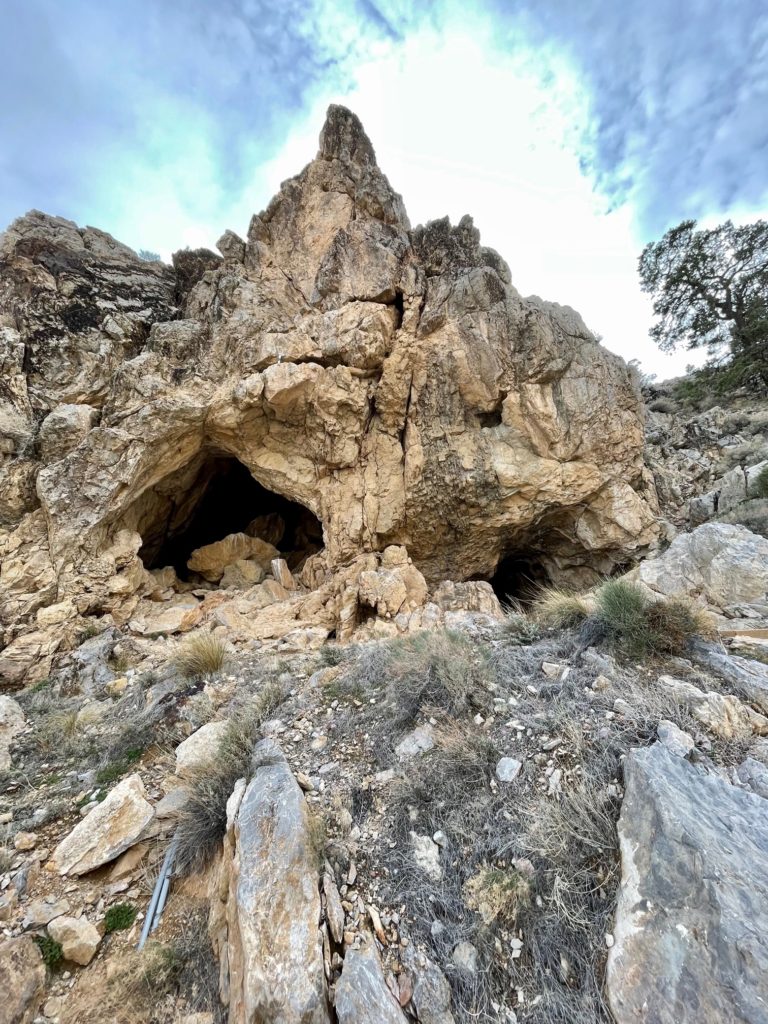
The caverns feature some unique and unusual formations, and our guide was excellent about explaining them. I knew about stalagmites and stalactites, but I had no idea that so many cave features are named for food! We saw cave bacon, cave frosting, cave mushrooms, and cave shields — “they’re kind of like a sandwich,” our guide said.
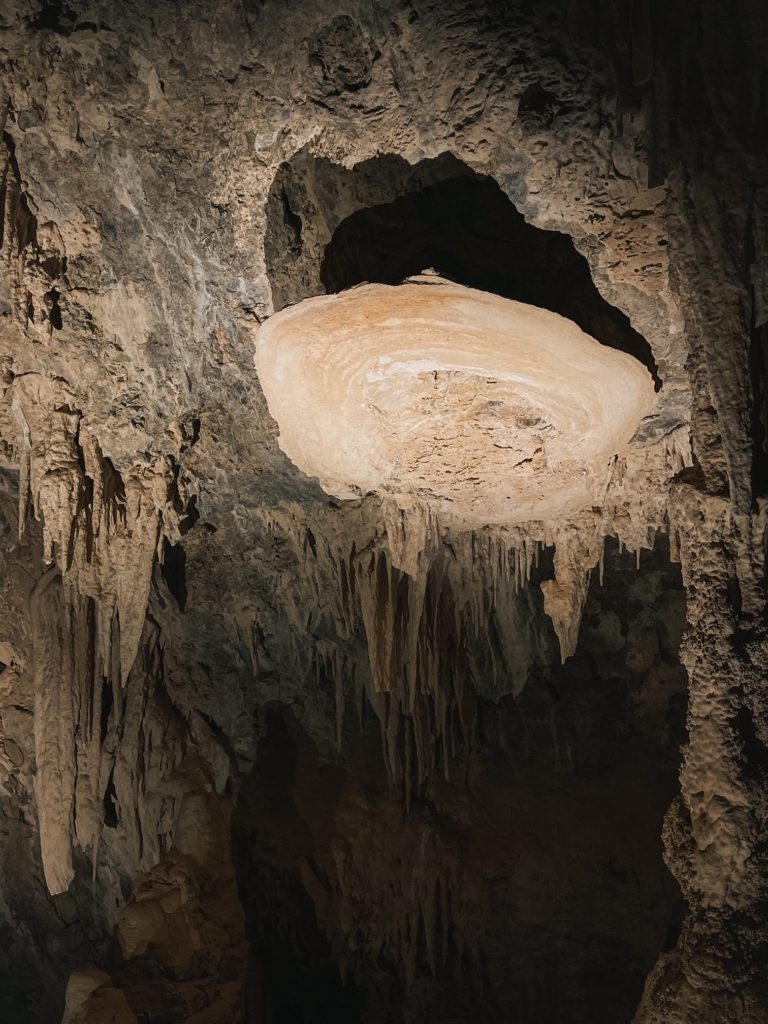
Overall the caverns were more impressive than I expected, a true gem within the California state park system.
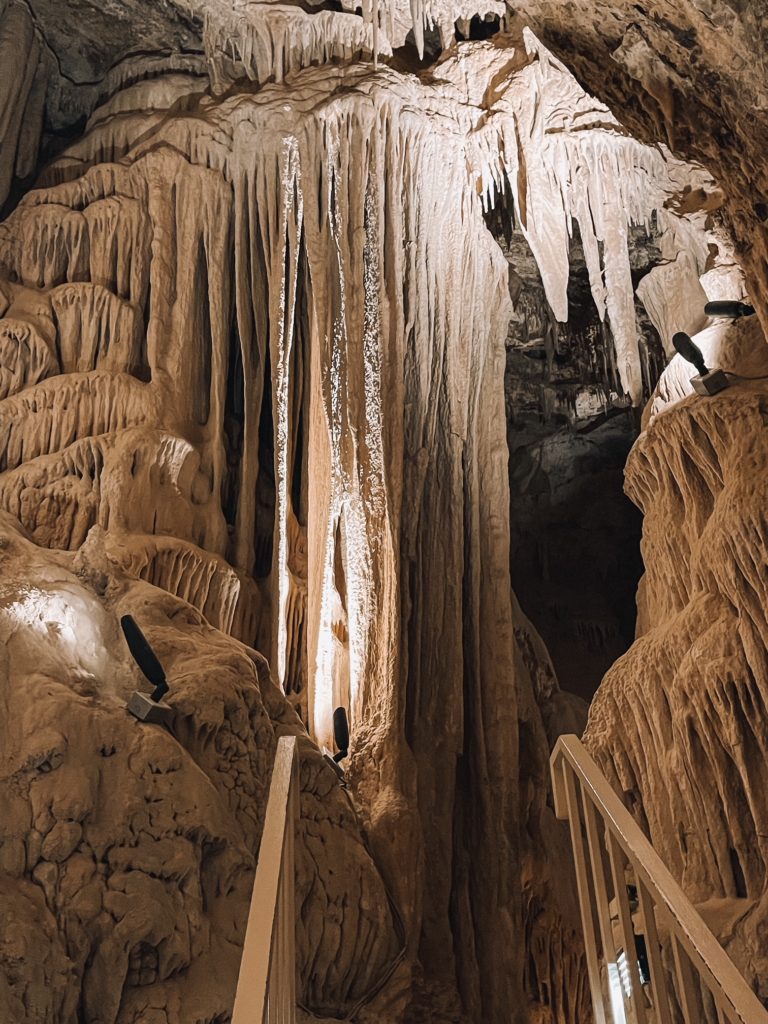
GO SEE IT
Where: Mitchell Caverns is located in the Providence Mountains State Recreation Area in the eastern Mojave Desert.
When: The State Park is open Fridays, Saturdays, Sundays, and holiday Mondays from September to June. (Closed July and August.)
You must have a guided tour for the caverns. Reserve this by calling (760)928-2586 between 8 a.m. and 5 p.m. on Mondays. Group size is limited to 15 people.
What time: Tours are approximately 2 hours long and take place at 10 a.m. in June and September, and 11 a.m. and 2 p.m. during the other months.
Cost: Tours are $10 per adult, $9 per senior, and $5 for children. There’s also a $10 State Park fee per vehicle.
Bring: There’s no gas or food located within many miles of the attraction, so make sure you have everything you need to fuel yourself and your vehicle. For the tour, you can take a water bottle, but no backpacks or snacks.
Good to know: The bat population is being decimated by white-nose syndrome. It’s a fungal growth that does not affect humans, but humans can carry and spread the spores, and the spores can survive for up to a decade. For that reason, the park requests that whatever you wear to Mitchell Caverns, you never wear into another cave. (So if you have plans to visit another cave soon, this is a great excuse to buy new hiking boots!)
Accessibility: The location of the caverns do not allow for trails to be ADA accessible. Also, the cavern formations create areas as low as 62 inches and as narrow as 14 inches. There are video tours of the caverns that can be viewed inside the visitor center.
Find out more: Visit the park website

